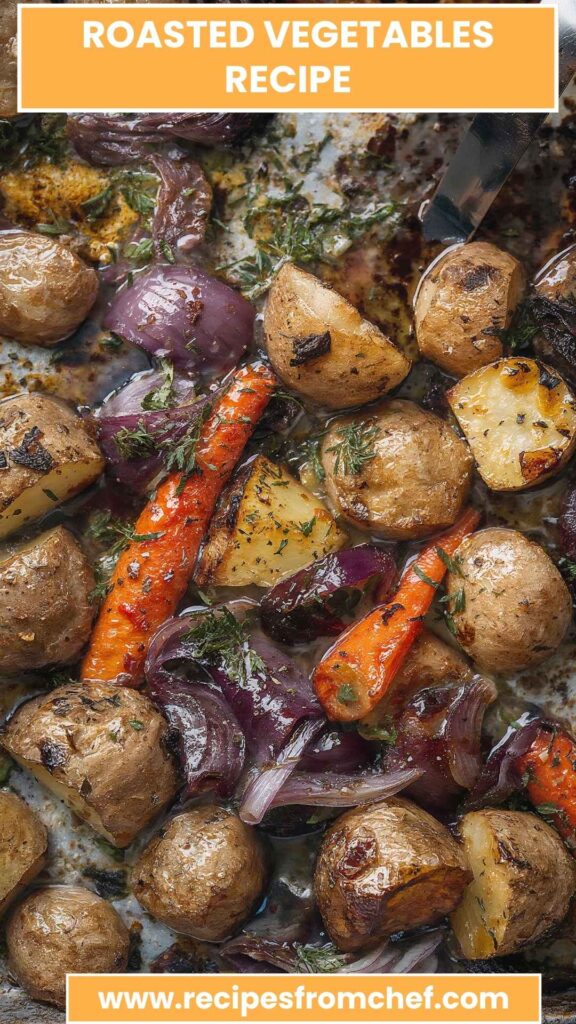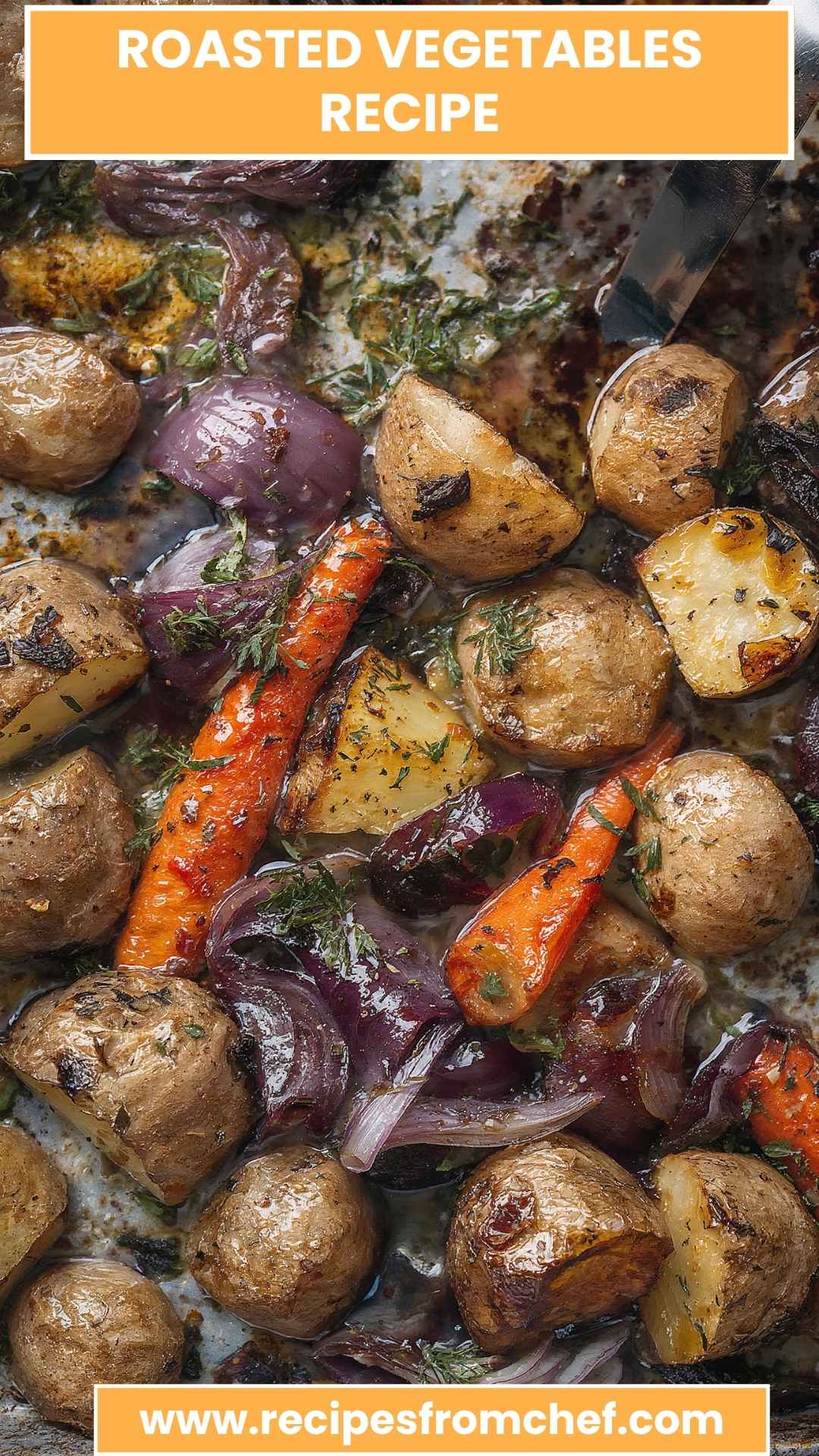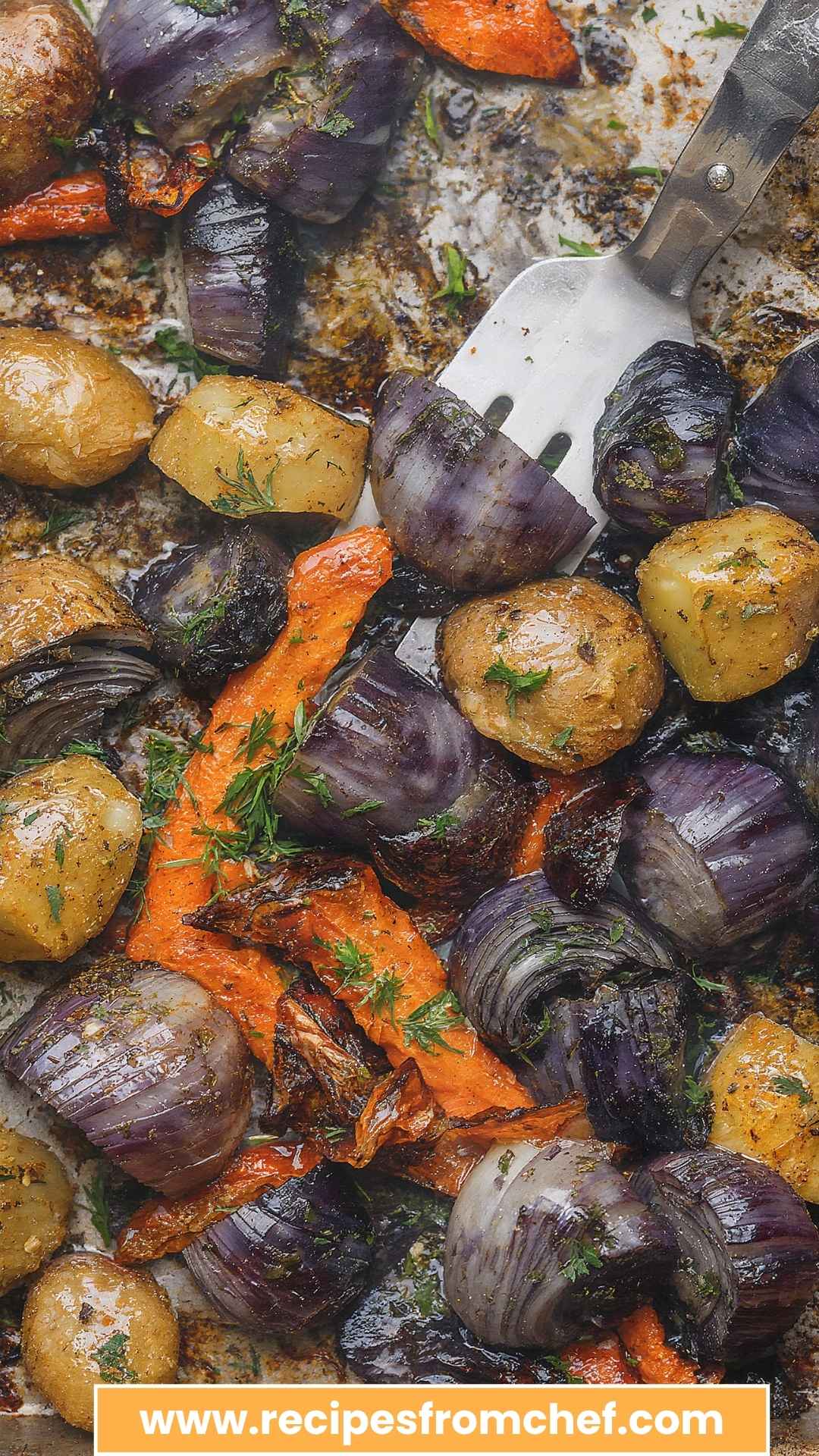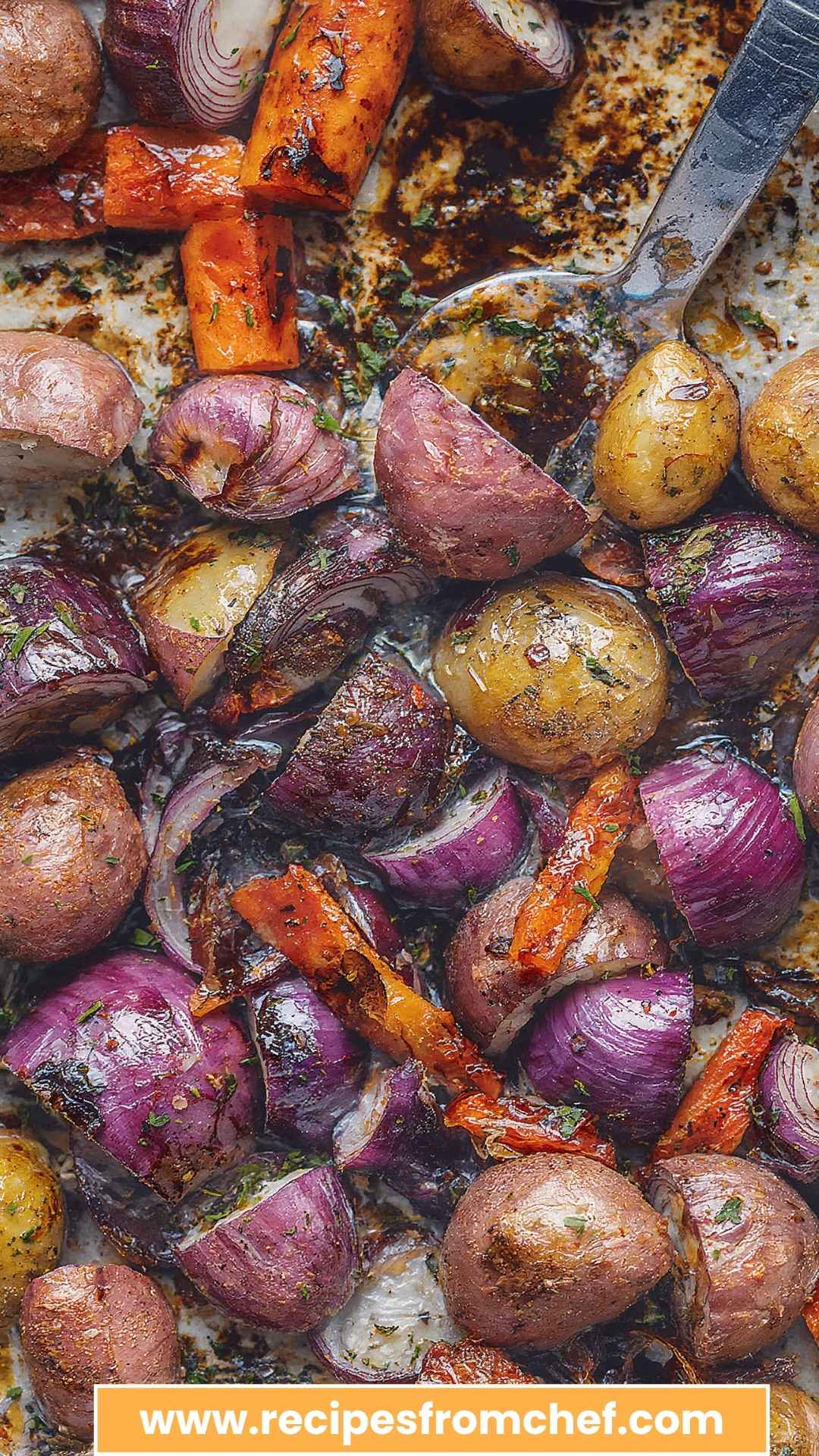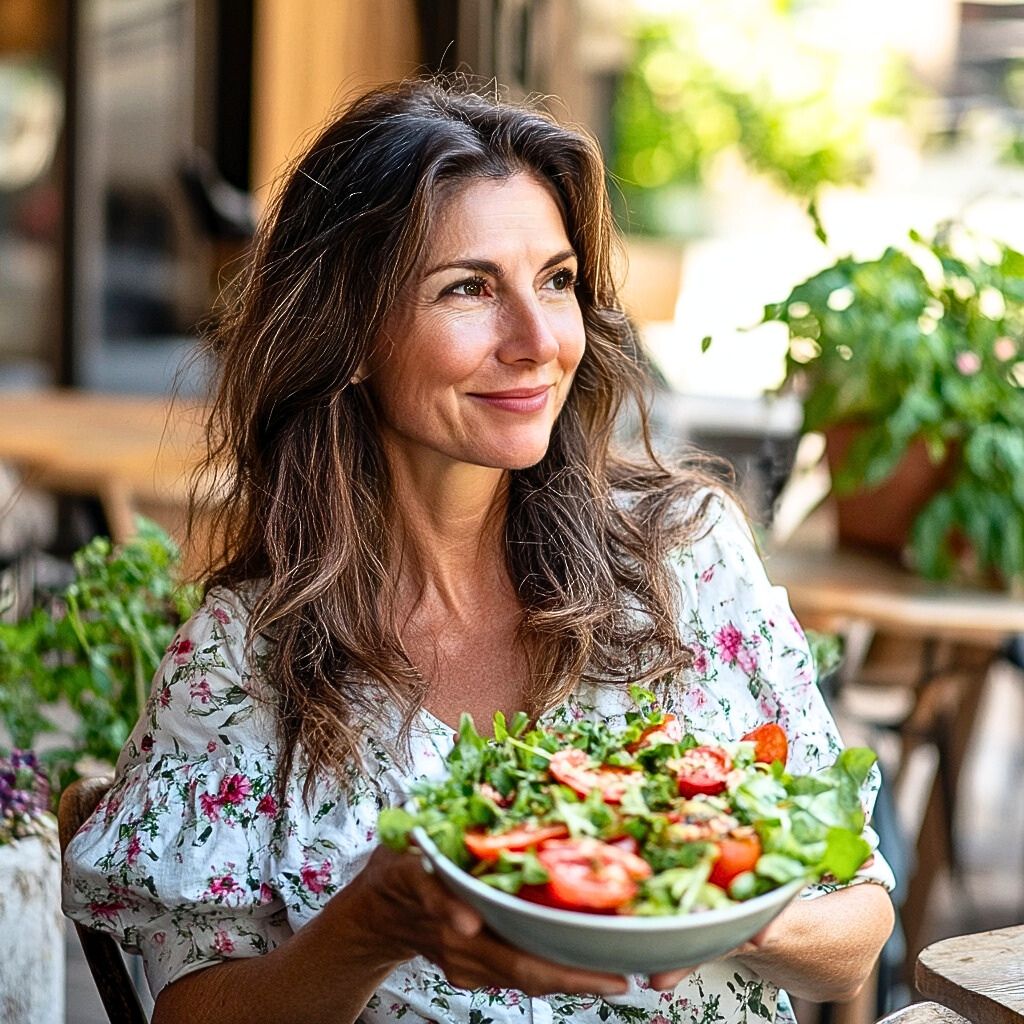Before I dive into the delightful details of my roasted vegetable recipe, let’s chat about what pairs beautifully with these flavorful veggies. Imagine you have a plate brimming with roasted carrots, parsnips, and garlic, all caramelized to perfection. What could possibly complement that? I'd suggest a zesty lemon herb quinoa salad. The lightness and tanginess of the salad will balance the rich flavors of the roasted ensemble.
Or how about some grilled chicken drizzled with balsamic reduction? It’s a classic match. For those keeping it plant-based, a creamy hummus dip served with warm pita bread and fresh cucumber slices could round out the meal splendidly. Picture it: vibrant colors and delectable textures come together for a feast that pleases both the eyes and the palate.
Ingredients
Here’s the lineup of what you’ll need to whip up this fantastic dish:
- 1 large parsnip (250g/8oz), peeled and chopped
- 5 garlic cloves, smashed
- 1 large red onion (200g / 7oz), peeled and cut into wedges
- 1/4 tsp black pepper
- 400g / 14oz small potatoes, skin on (about 10)
- 1 tsp cooking/kosher salt
- 5 sprigs of fresh thyme
- 2 medium/large carrots, peeled and sliced
- 1/2 teaspoon dried rosemary
- Zest of 1/2 lemon
- 4 tbsp extra virgin olive oil
- 2 tbsp parsley, finely chopped for garnish
How to Make Roasted Vegetables
Roasting vegetables is a straightforward process, but let’s break it down into easy steps. You’ll see that following these will lead you to vegetable perfection.
Step 1: Preheat Your Oven
First things first, you need to preheat your oven to 425°F (220°C). This step is crucial. A hot oven helps the vegetables roast quickly and get that nice caramelization we all crave.
Step 2: Prepare the Vegetables
While the oven heats up, let’s prepare the vegetables. Start by chopping the parsnip into bite-sized pieces. The flavor of parsnip adds a delightful sweetness that can stand up to the robust flavors of the other ingredients. Next, smash the garlic cloves, but don't go overboard—just a gentle crush to release their flavor without turning them to mush.
Take the red onion and slice it into wedges. The onion will break down beautifully in the oven, adding a sweet depth to our dish. Don’t forget the small potatoes! Wash them thoroughly, since we’re leaving the skin on—it adds texture and nutrients. Finally, slice the carrots into even pieces.
Step 3: Season the Vegetables
Now that everything is prepped, it’s time to add some flavor. In a large bowl, toss the veggies together with the olive oil, salt, black pepper, thyme sprigs, and dried rosemary. Feel free to use your hands—don’t be shy! Make sure everything is coated well.
If you're wondering about the herbs, let me tell you a little secret. Fresh thyme adds a wonderful aroma that complements the earthy flavors of the roots. Dried rosemary gives a little punch of flavor without overpowering the dish.
Step 4: Spread on a Baking Sheet
Grab a baking sheet and spread the seasoned vegetables out in a single layer. This helps them roast evenly. If they’re piled too close together, they’ll steam instead of roast, and no one wants soggy veggies.
Step 5: Roast Away!
Pop the baking sheet in your preheated oven and let those veggies work their magic. Roast for about 30-35 minutes, tossing them halfway through. You’re looking for that desirable golden-brown color that signals deliciousness.
Step 6: Finishing Touches
As the veggies are roasting, zest that half lemon over them in the last few minutes of cooking. This small addition brings a burst of brightness that elevates the entire dish.
Once done, take them out of the oven and sprinkle with the fresh parsley—this adds a lovely pop of color and freshness.
Recipe Notes
- Parsnip: Sweet and slightly nutty, it’s like the underdog of root vegetables that deserves its moment.
- Garlic: Adding garlic enhances flavors. Roasting mellows its sharpness, making it sweet and creamy.
- Red Onion: The sweetness intensifies when roasted. Choose a good-sized onion; it’s a flavor powerhouse.
- Black Pepper: Just a pinch is enough to lift the other flavors.
- Small Potatoes: Their skins add crunch. I often use fingerlings or baby reds for variety.
- Thyme and Rosemary: Fresh herbs bring out the best in roasted vegetables. Use them generously for a fragrant dish.
- Lemon Zest: A little goes a long way to brighten the flavor.
- Extra Virgin Olive Oil: Choose high-quality oil. It truly makes a difference in taste.
Recipe Variations
- Add Other Vegetables: Feel free to include bell peppers, Brussels sprouts, or zucchini—the sky is the limit!
- Spice It Up: Toss some red pepper flakes for a kick.
- Add Cheese: A sprinkle of feta or goat cheese post-roasting gives a creamy touch.
- Different Herbs: For a Mediterranean spin, try using oregano or basil.
- Maple Glaze: Drizzle some maple syrup before roasting for a sweet twist.
- Asian Take: Add soy sauce and sesame oil for an Asian-inspired flavor.
Conclusion
So there you have it—a straightforward yet satisfying roasted vegetables recipe that will elevate your meals. Each bite will remind you why roasting brings out the best in produce. These are not just ordinary vegetables; they become vibrant, flavorful delights perfect for any table setting.
Whether you're munching on them straight from the pan or dressing them up in a quinoa salad, this recipe is a winner. Enjoy the delicious results of your efforts and the satisfaction that comes from preparing a wholesome dish. Happy roasting!
You’ll also like the following recipes!

